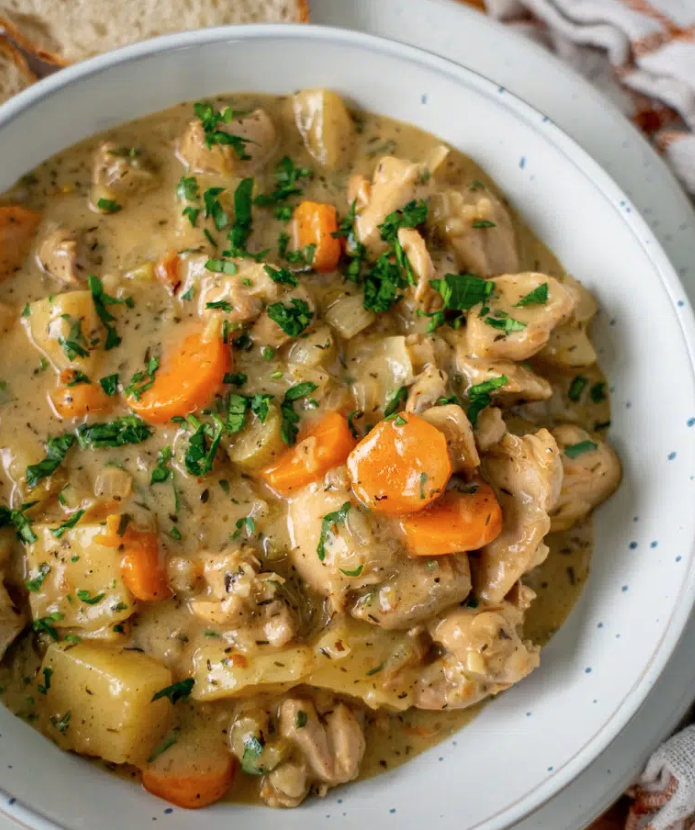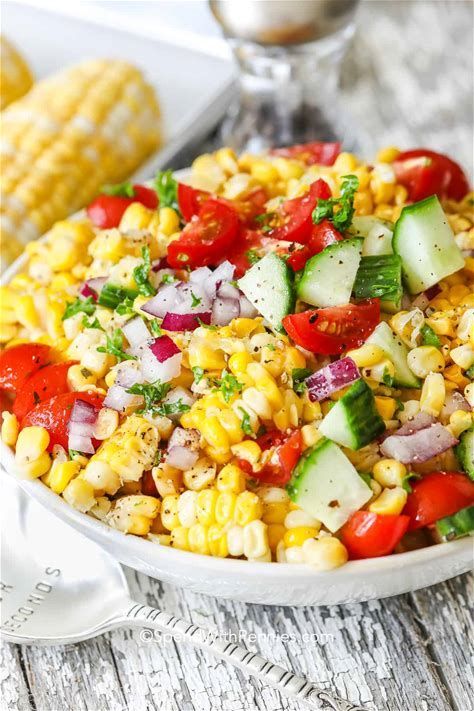2 tablespoons vegetable oil
2 pounds chicken, cut into bite-sized pieces
3 onions, chopped
1/4 teaspoon garlic powder
1 tablespoon Worcestershire sauce
1 teaspoon oregano, dried (or dried thyme)
1 teaspoon salt or salt-free seasoning
1 teaspoon pepper
1/4 cup water
4 potatoes, peeled and chopped in large pieces
1 pound carrots, sliced
2 stalks celery, diced
2 tbsp unsalted butter
1/4 cup all-purpose flour
5 cups Chicken Stock
Directions:
Heat oil in large nonstick skillet to medium. Add chicken in batches, sprinkle it with salt and pepper. Cook for 3-4 minutes, tossing regularly until browned on all sides. Move to a plate once chicken has browned.
Add water to the pan and stir to scrape up any tasty bits stuck to the bottom of the pan.
Add onions, garlic powder, celery and carrot.
Cook, stirring it for 3-4 minutes until slightly softened. Add the butter and cook for 1 minute, then add the flour until it dissolved and formed a paste around the vegetables.
Add back the chicken to the pan. Add the chicken stock, dried oregano, potatoes and Worcestershire sauce.
Cover and bring to a boil, then turn down low to cook for 18 minutes, or until meat is tender, vegetables are tender and the soup has thickened. Serve hot with steam rice or buttered bread on the side.


















